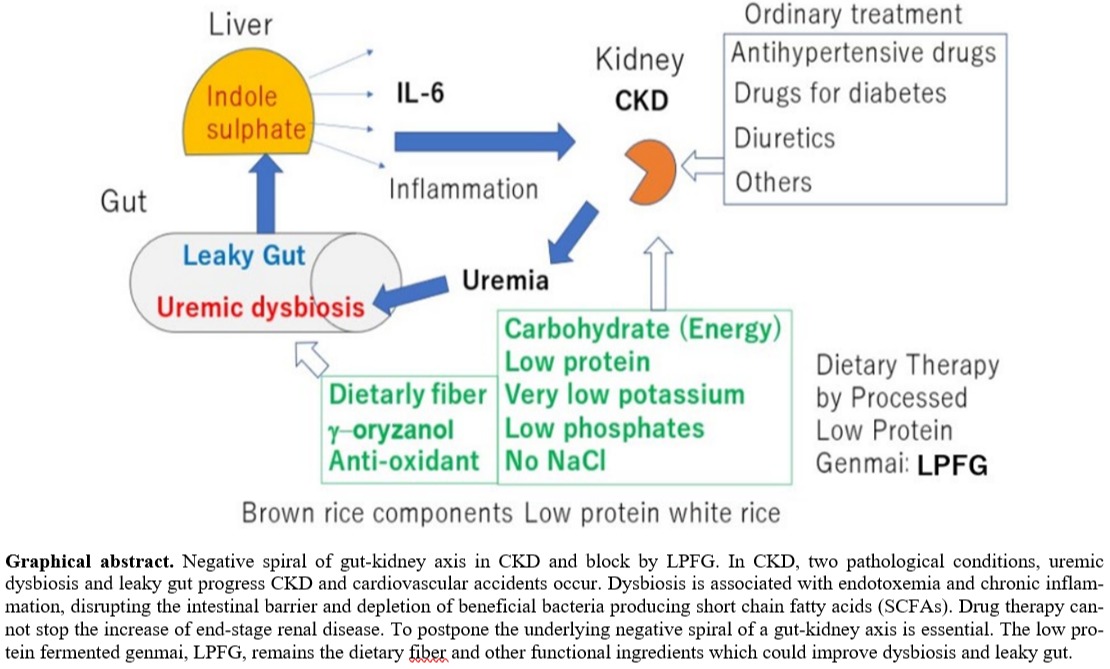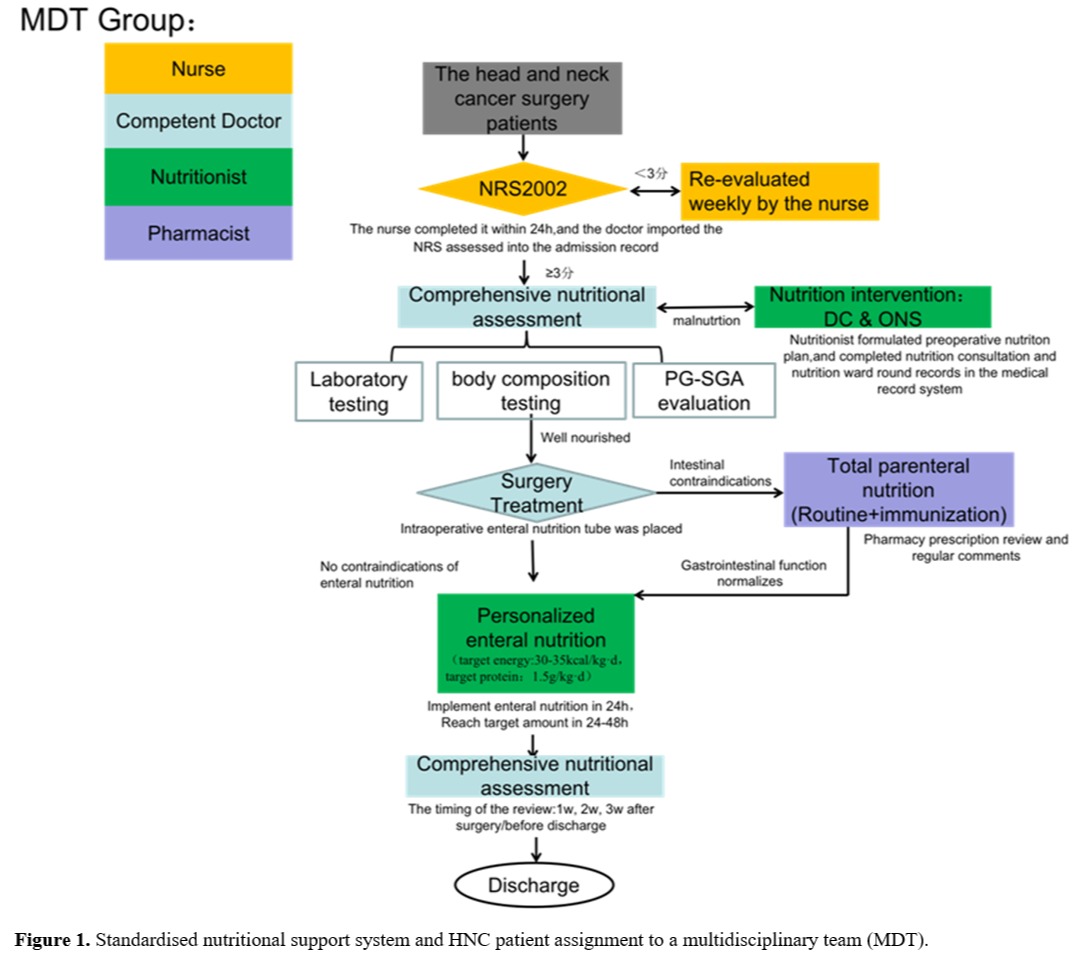Traditional Cantonese puerperal practices and postpartum cardiometabolism in gestational diabetes
▪ Author : L Wu, L Pei, Z Li, H Xiao, H Liu, S Yue, L Chen, W Chen, Y Li, H Xiao, X Cao
▪ Keyword : gestational diabetes mellitus, puerperal practice, weight retention, insulin resistance, postpartum metabolism
▪ Content : Background and Objectives: With gestational diabetes (GDM), women have a higher risk for future type 2 diabetes, and risk factors for diabetes for it are amplified. Whether this phenomenon is affected by tradition-al puerperal or postpartum practices among Chinese women who develop gestational diabetes is unclear. This has been explored in a Cantonese cultural setting to enable relevant risk management. Methods and Study Design: Some 138 women were followed before, during and after pregnancy in accordance with Cantonese Puerperal Practices (CPP), and occurrence of GDM and exclusive breast-feeding. Body compositional and cardiometabolic information were collected. These included glucose tolerance and insulin resistance.

